17. Shelley Duvall (“3 Women” 1977, Robert Altman)
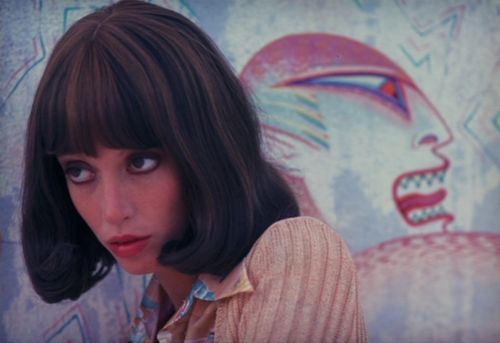
Truth be told, Sissy Spacek leaves the biggest impression in this Altman avant-garde piece and answer to “Persona.” Her subtle transformation from a shy girl into a dominant figure is unreal, but let’s focus our attention on Shelley Duvall.
For years she’s put up with criticisms for bad acting for her performance in “The Shining” (which on its own is not nearly as terrible as some people would have you believe), with her slanderers not knowing they have a hidden gem before them.
Duvall’s transition is the stuff of legends. Spending a lot of the movie as tragic and unusually self-confident, her metamorphosis to a broken, fragile but sympathetic person is done with such finesse that it is hard to believe that the negative criticisms for bad acting were ever directed to her account.
Some will give credit to Altman for this great performance, and the director does have a great history with his actresses, leading Susanna York to the top prize a few years earlier, but Duvall’s almost childish charm that prevails in this mystery film cannot be denied.
16. Lili Darvas and Mai Törőcsik (“Szerelem”, 1972, Karoly Makk)
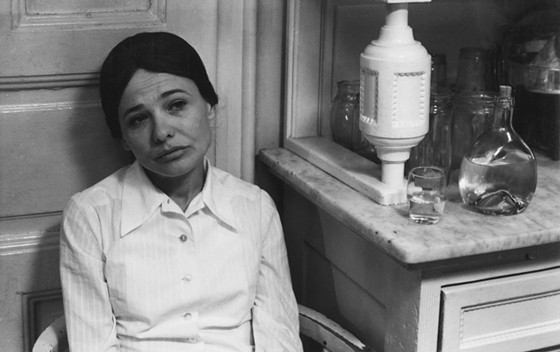
This is a simple film with a simple premise that causes simple yet powerful emotions. Its greatness lies in precisely that. The core of the film is made out of sentimental interactions between Lili Darvas’ mother and Mai Töróscik’s Luka, all while a horrifying story about false imprisonments and purges in communist Hungary takes place around them.
Luka receives most of the “heavyweight” acting; a connection with a political prisoner affects her professional, social and internal life and the young actress portrays the burden of that kind of situation with unbelievable ease, likely channeling real-life experiences that sharpened her.
The biggest emotional weight, though, is demonstrated by Lili Darvas, near the end of her life and longingly waiting for her son to return, encouraged by false stories of his stay in America. Altruism and personal tragedy are the movers of this striking movie.
15. Katharine Hepburn (“Long Day’s Journey Into Night,” 1962, Sidney Lumet)

Katharine Hepburn is a giant of the golden age of movies, which can be seen in her sophisticated roles, and, to some, her numerous golden statuettes and nominations are testament enough to her greatness. The role in this grandiose piece isn’t her best, but it is her most risqué. In 1962, the situation starts easily changing and that change can be seen here.
Hepburn’s classic acting was challenged by the new acting order brought forth by Jason Robards and Dean Stockwell. While outnumbered, Hepburn held her ground, which was expected from one of the acting greats. Adding in an atypical role that was given to her, that of a morphine-addicted mother, it should not be surprising that this explosive role earned her a high prize at Cannes.
14. Holly Hunter (“The Piano,” 1993, Jane Champion)
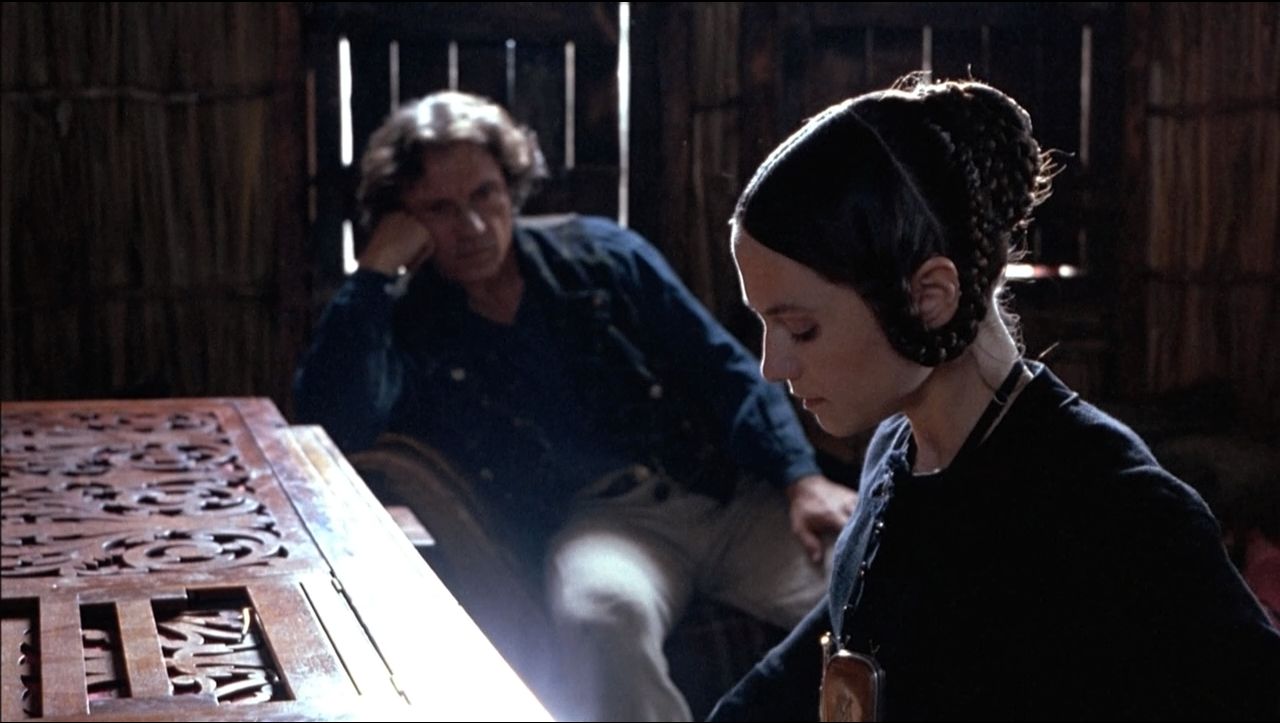
Not a single word was uttered and yet Hunter won the public both on the French Riviera and at the Oscars. Only expressive and piercing looks, and excellent body language.
A trend can be traced here, as Hunter lifts the film to a higher level, though she has had help from a strong supporting cast, which aids Campion’s feature a lot, as some ideas presented here remain problematically represented. One look at her longing and lonely gaze will entice you immediately. There may be a lot to question in the film’s execution, but it is certain that Hunter gave a performance of a lifetime.
13. Norma Aleandro (“The Official Story,” 1983, Luis Puenzo)

What could have been a manipulative sentimental story (à la late Spielberg) turned out to be a good reflection on Argentina’s dark period during the ’78-’83 military dictatorship. There are many scenes that, treated poorly, could have looked like an insert from a soap opera, but they aren’t. All thanks to a great leading performance.
Norma Aleandro delivers the right kind of emotion at the right time. The subject matter is grim, and she treats it with respect; there are several instances were the emotional turmoil feels like it is piercing right through, and Aleandro’s calculating approach channels that well.
12. Elodie Bouchez and Natacha Regnier (“The Dreamlife Of Angels”, 1998, Erick Zonca)
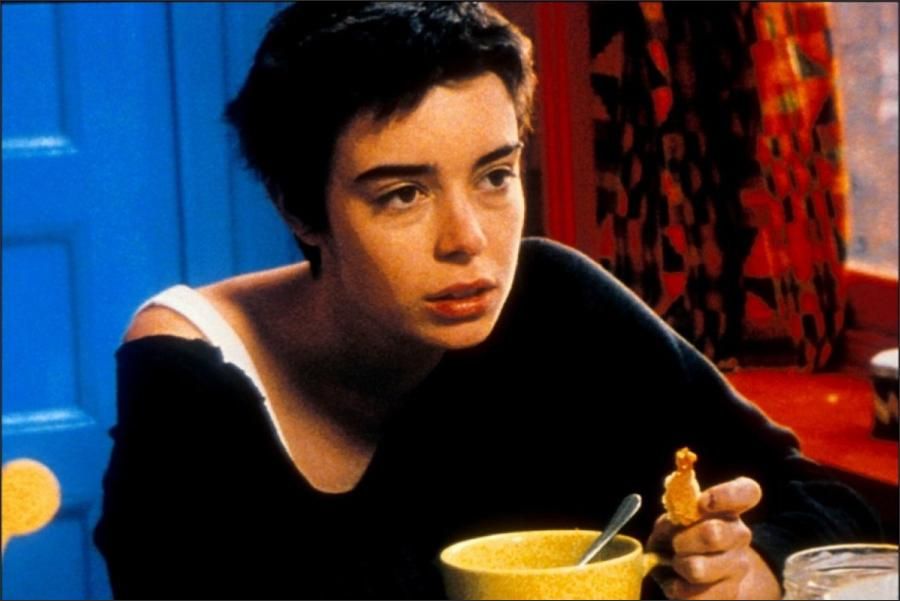
Hard lives develop harsh personalities. An accidental meeting bonds two drastically different souls created by the previously mentioned kind of life. Bouchez’s Isa goes through life positive and bubbly (sometimes to excess), humble and not needy, and even confused about certain abstract things (like human relations).
Regnier’s Marie is introverted and needy, not well adapted to the brutal reality she inhabits and prone to exploding violently when not met with the conditions she expects. An intriguing yet fragile friendship blooms, but a dark end is looming around the corner. What makes this film work so well is the core relationship and both actresses’ ability to show deeper layers to characters whom in real life many will pass by. It is a beautiful and elegiac tale, not seen often enough.
11. Rooney Mara (“Carol,” 2015, Todd Haynes)
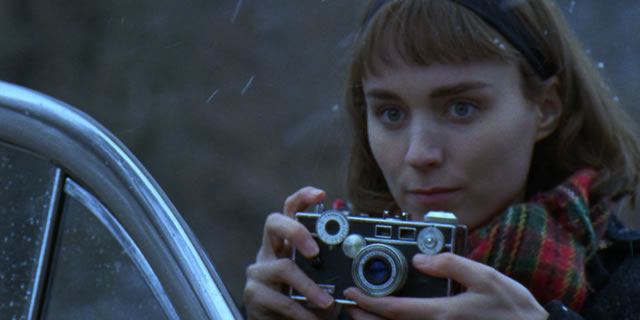
The relationship here presented is a strange one. It gives an impression of plainness and artificiality, yet it is among the finest ones crafted in the 21st century. Hand to heart, Cate Blanchett makes this movie, she dominates every scene she’s in, but don’t let that discourage you from Rooney Mara’s take; it’s not subpar, quite the contrary, it also belongs among the finest.
Here we also have a transformation similar to the one in “3 Women,” where Mara starts as a shy and insecure girl who gradually becomes a self-reflecting adult certain of her sexuality. Every little nuance is delivered subtly, with Mara giving enough of a slight change when her character needs it. It is an unconventional and stylish love story. But the two make it something much more.
10. Bette Davis (“All About Eve,” 1950, Joseph L. Mankiewicz)
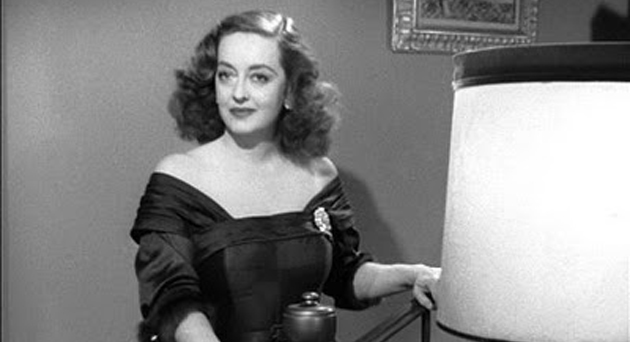
A better role for a better actress couldn’t have been made. Davis’ career was starting to fade at the turn of the 50s and this opportunity proved to be a call from the heavens. She delivered, and delivered it hard. In a story of a cat and mouse, a fading star is battling with a younger fame-digger. It’s a dangerous game played by venomous people. While her character Margo is far from the worst the collective has to offer, she is a brutal player, but also the one that captures the most sympathy.
Davis places her own real life characteristics into Margo, as the pain of fading into obscurity was a real one. Without the Production Code breathing behind its neck, the film could have been a terrific one, but nonetheless it is a marvelous piece of filmmaking with the marvelous Bette Davis at the helm. She would have a similar experience 12 years later in “Baby Jane” where she was also memorably magnificent.
9. Brenda Blethyn (“Secrets & Lies,” 1996, Mike Leigh)
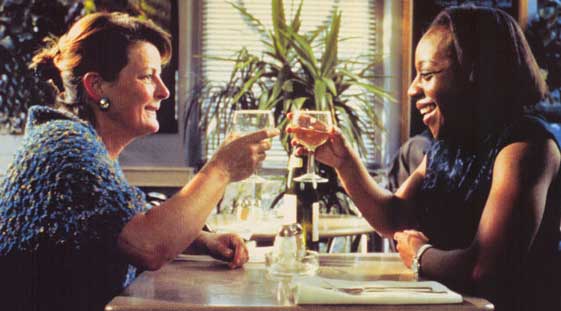
Mike Leigh is one of the most sophisticated actor directors there is and his results at the festival show that. A few actors won acting awards under his directorship (the most notable one being David Thewlis’ monstrous performance of Johnny), so it doesn’t surprise that his Palme awarded “Secrets & Lies” offered a great acting ensemble. That prize could have gone to anyone in the lining, that’s how great they’ve done their work. The decision, at the end, fell Brenda Blethyn’s way, an expected but justified conclusion.
Nevertheless, she has the most screen time to show her acting chops; her character, arguably, is one the best crafted human beings on the silver canvas. Multilayered and deeply flawed, she remains a dear person even after many questionable decisions she made in life, and Blethyn understands that deeply, so her getting the final reward is absolutely unquestionable.